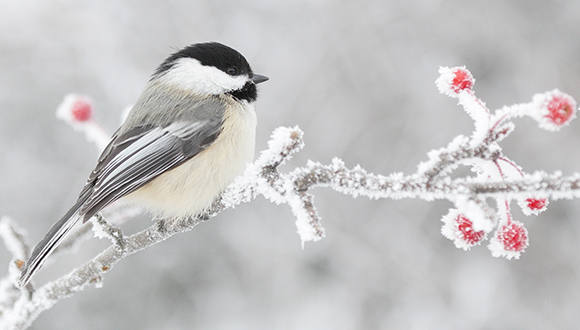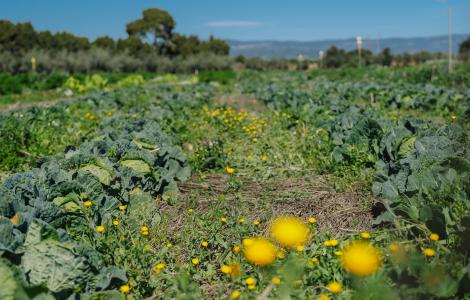Birds that live in changing environments have larger brains
A large brain increases the capacity to adjust behavior to new circumstances through learning, improving resource-gathering in a changing environment. Greater understanding of this capacity can improve predictions of what species of birds and other animals will be most vulnerable to global change.

Species of birds living in changing environments have larger brains relative to body size than those living in locations with stable environments; this is the principal finding of a study led by CREAF and CSIC researchers, published today in the journal Nature Communications. “We have demonstrated that bird species lacking consistent access to resources throughout the year or between years have larger brains. This helps them know where, when, and how to best attain the resources necessary for survival including food, materials and spaces to build a nest, or shelters to hide from predators,” says Ferran Sayol, CREAF researcher and first author of the article.
Researchers estimated brain sizes based on the cranial cavities of 4,744 birds representing more than 1,200 species.
To carry out the study, researchers estimated brain sizes based on the cranial cavities of 4,744 birds representing more than 1,200 species, acquired from museum collections all over the world. The researchers also used data from satellites to evaluate what kinds of environments have the greatest variation in resources. At high latitudes in areas such as Northern Europe, winters are cold and snow can persist for months, reducing food availability. “Migratory species avoid these conditions, and it is possible that they do not need very large brains for this reason. However, the species that remain in these regions year around - the residents - have larger brains, with a greater capacity for learning and innovation to face a changing environment,” says Sayol.

The idea that environmental variation can affect brain size is not new; in fact, it is one of the principal hypotheses for the resounding success of the human species. According to Daniel Sol, CSIC researcher at CREAF and coauthor of the study, "this study reinforces the idea that a large brain protects the animal from environmental changes because it facilitates the development of new behavior through learning." Sol adds, "humans are the best example: our brain is quite large for a primate of our size, and this provides us with the necessary intelligence to live in the most extreme environments on the planet including deserts and polar regions."
A large brain protects the animal from environmental changes because it facilitates the development of new behavior through learning.
If large brains help to cope with changing environments as the study suggests, this will be important to keep in mind when investigating how animals respond to rapid changes associated with human activities. "Having a large brain in relation to body size may mean the difference between survival or extinction in a world of constant change," concludes Ferran Sayol.
ARTICLE:
Sayol, F., Maspons, J., Lapiedra, O., Iwaniuk, A.N., Székely, T., Sol, D. (2016) “Environmental variation and the evolution of large brains in birds”. Nature Communications. DOI: 10.1038/ncomms13971






